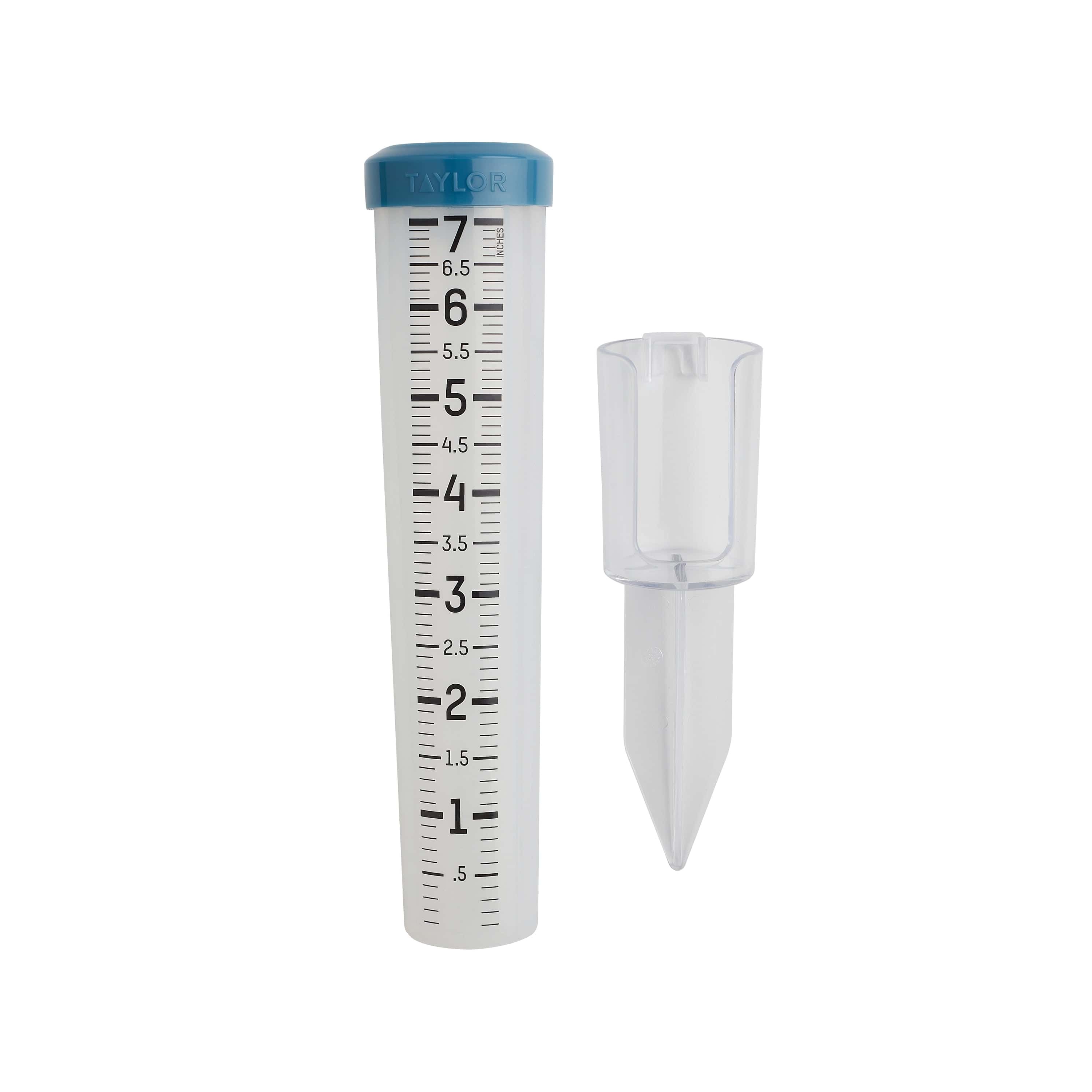The Rain Gauge: Necessary Information and Finest Practices for Climate Enthusiasts
The Rain Gauge: Necessary Information and Finest Practices for Climate Enthusiasts
Blog Article
DIY Rain Gauge: Basic Steps to Make Your Own
Are you curious about tracking rains in your area? Producing your very own do it yourself rainfall gauge is a easy and efficient method to determine and tape precipitation. With just a couple of common materials and some basic steps, you can quickly construct your very own rain scale in the house. In this overview, we will certainly supply you with a detailed process to help you develop your very own rain scale. No demand for any type of specialized expertise or equipment - this job can be completed by any person. By following these easy instructions, you will have a dependable device to measure rains and contribute to your understanding of the regional climate patterns. So, allow's obtain started on making your do it yourself rain scale today!
Gather Products
To begin constructing your DIY rainfall gauge, collect all the essential products making use of a thorough checklist of things. Having the ideal products on hand will guarantee the successful development of your rainfall scale and enable for precise measurements of rains. Gathering these products ahead of time will improve the building procedure and make sure that you have whatever you require to create your very own DIY rainfall gauge.
Prepare the Container

Mark the Dimension Increments
To precisely measure the quantity of rainfall, properly marking the dimension increments on your DIY rain gauge is crucial. Without clear and specific markings, it would be hard to establish the specific amount of rainfall collected in your rainfall scale. Below are the actions to mark the measurement increments on your rainfall scale.
The most typical units for measuring rainfall are millimeters and inches. Once you have picked the unit, utilize an irreversible marker or water resistant paint to note the increments on the side of your rain gauge.
When noting the increments, it is very important to guarantee that they are equally spaced and clearly visible. Make use of a ruler or measuring tape to make certain accuracy and uniformity. Furthermore, make certain that the markings are immune to fading or scrubing off, as exposure to the components may create them to wear away in time.
Location the Rain Gauge Outdoors
The rain scale ought to be put outdoors to accurately collect rains data. The location great post to read picked for the rainfall gauge need to be open and totally free from any type of blockages that might possibly impact the dimension of rainfall. The Rain Gauge.
Furthermore, it is crucial to position the rainfall gauge on a secure surface, such as a level ground or a strong post. This will certainly avoid any kind of movement or tilting of the gauge, which could bring about inaccurate dimensions. It is additionally a good idea to avoid placing the gauge near any kind of resources of synthetic water, such as lawn sprinklers or drainage systems, as this might interfere with the accuracy of the dimensions.
Screen and Record Rain Information
Normal monitoring and recording of rainfall information is crucial for exact data analysis and analysis. By monitoring rains dimensions, you can obtain valuable understandings right into weather patterns, climate fads, and water source administration. To efficiently keep an eye on and tape-record rains information, it is essential to develop a routine and maintain consistent practices.
To start with, make sure that your rain scale is positioned in an open area away from barriers such as trees or buildings that may block rainfall. Furthermore, ensure the rainfall scale is level and firmly anchored to stop any kind of motion that could impact the precision of the dimensions.

When taping the rainfall data, it is necessary to keep in mind the day and time of each measurement. Make use of a leader or a measuring stay with determine the rainfall deepness in the rain gauge, and record this info properly.
To make sure the precision of the dimensions, it is suggested to empty the rainfall gauge after each recording. This will protect against any kind of overflow or evaporation from affecting succeeding measurements.
Conclusion
In verdict, producing a DIY rainfall scale is a basic and functional means to monitor and videotape rains information (The Rain Gauge). By adhering to the steps laid out in this short article, you can conveniently gather products, click here for more info prepare the container, note the dimension increments, and put the rainfall gauge outdoors. On a regular basis keeping track of and taping rainfall data can offer useful details for different objectives
Having the ideal products on hand will certainly make certain the effective development of your rainfall gauge and allow for accurate dimensions of rainfall.To accurately gauge the amount of rains, precisely marking the measurement increments on your DIY rainfall gauge is necessary.The rain gauge ought to be placed outdoors to precisely gather rains data. The place selected for the rainfall gauge need to be cost-free and open from any type of blockages that might possibly impact the dimension of rains.In click over here now final thought, producing a DIY rainfall gauge is a useful and simple means to keep an eye on and tape rainfall information.
Report this page